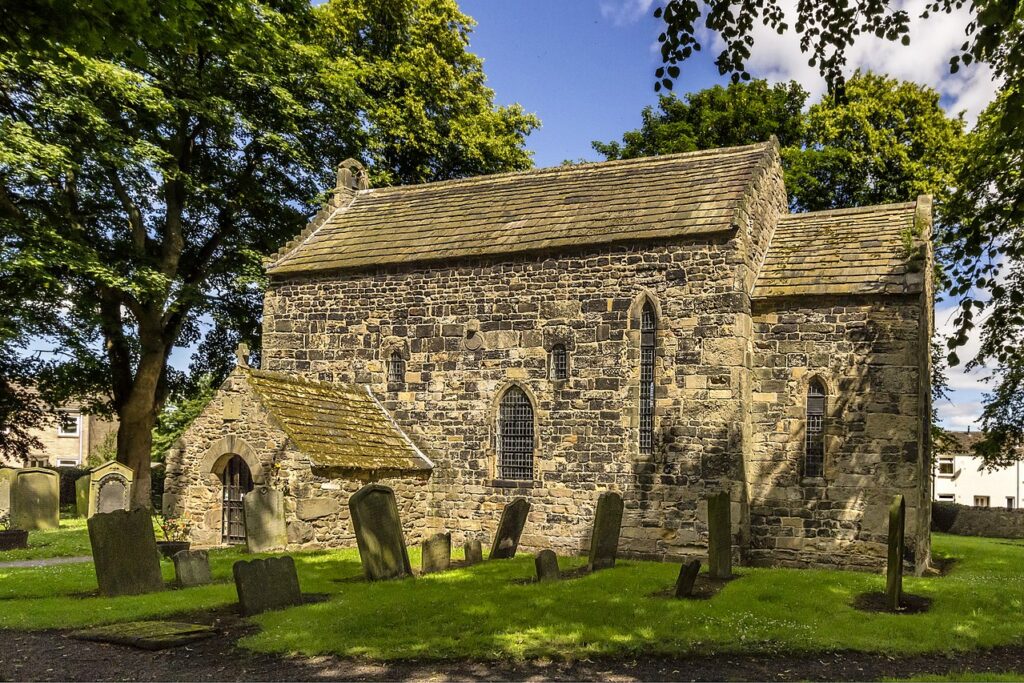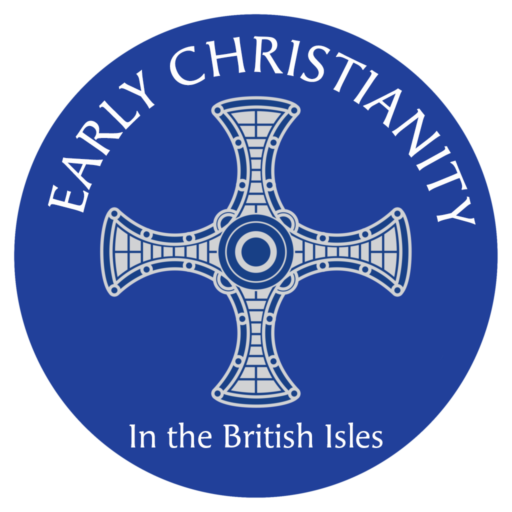Escomb Church

Escomb Church, located in County Durham, England, is one of the oldest and most well-preserved Anglo-Saxon churches in the United Kingdom. Dedicated to St. John the Evangelist, this remarkable building dates back to around 670-675 AD, making it a significant relic of early Christian architecture in Britain.
Constructed primarily from stones taken from the nearby Roman fort of Binchester, Escomb Church embodies the continuity between the Roman and Anglo-Saxon periods. The reused Roman stones, some still bearing inscriptions, add to the church’s historical significance, offering a tangible link to Britain’s ancient past.
The church’s architecture is simple yet profound, characterized by thick walls, small round-arched windows, and a squat rectangular tower. The narrow chancel arch, typical of the period, and the almost square nave contribute to the building’s austere beauty. The church’s interior retains its original character, with a stone altar slab and an ancient baptismal font adding to the sense of continuity in worship that has spanned over a millennium.
One of the most intriguing aspects of Escomb Church is its survival through centuries of change. It remained in use as a parish church throughout the Middle Ages and into the present day, avoiding the fate of many other Saxon churches that were either abandoned or significantly altered. This continuity of use has helped preserve its original features, making it a rare and valuable example of early medieval ecclesiastical architecture.
Today, Escomb Church stands as a testament to the enduring legacy of the Anglo-Saxon era in England. It attracts historians, archaeologists, and visitors interested in early Christian history and architecture, offering a unique glimpse into the spiritual and cultural life of the early English people.
